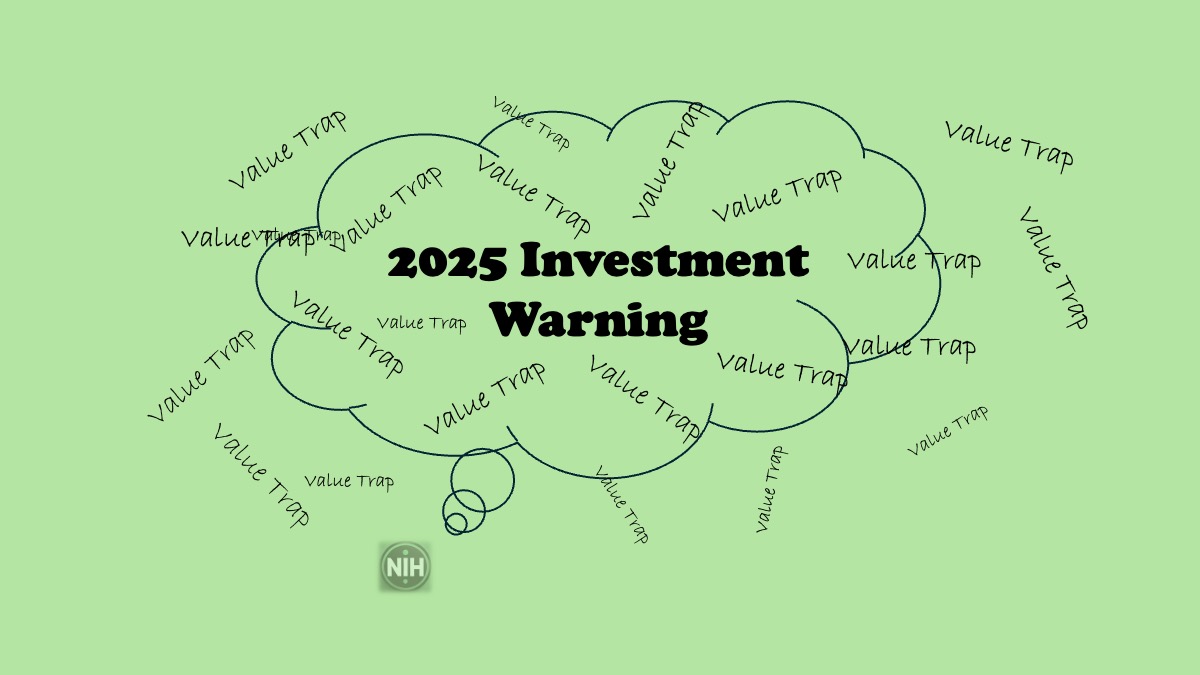Introduction: A Sector Under Pressure
As investors gear up for 2025, the consumer services sector faces a storm of challenges. From inflationary pressures to stagnating profitability, the industry’s allure is increasingly overshadowed by warning signs. What once seemed like a reliable investment may now be a classic “value trap”—where stocks appear attractively priced but lack the fundamentals to deliver returns. This article examines why the consumer services sector might be a pitfall for investors in the coming year.
Inflation and Shifting Consumer Spending Habits
Inflation, a persistent concern in 2024, has altered consumer behavior, with far-reaching implications for the consumer services industry:
- Reduced Discretionary Spending: High inflation has cut into disposable income, prompting consumers to prioritize essential goods over discretionary services. This trend has diminished demand in sub-sectors such as hospitality, entertainment, and retail services.
- Cost Pass-Through Challenges: While companies in the sector have attempted to pass increased costs onto customers, competitive pressures and weakened purchasing power have limited their success, eroding profit margins.
The Profitability Dilemma
One of the most critical factors driving skepticism about the sector is the profitability outlook:
- Low Margins: Consumer services businesses often operate with thin margins. Inflation and high operating costs have further squeezed these margins, making it difficult for many firms to sustain profitability.
- Unattractive Earnings Growth: Despite some recovery post-pandemic, earnings growth in the sector has failed to meet expectations. For instance, companies like Academy Press PLC reported declining revenue growth (-6.98% YoY) despite relatively low valuations.
Valuation Pitfalls: The Value Trap Phenomenon
The sector’s valuation metrics paint a worrying picture:
- High P/E Ratios: In some cases, stock prices reflect overly optimistic growth assumptions, creating a dangerous disconnect between valuation and fundamentals.
- Debt Burdens: High-interest rates have increased borrowing costs, putting additional strain on companies with already leveraged balance sheets.
Broader Economic Headwinds
The macroeconomic environment compounds the sector’s struggles:
- Persistently High Interest Rates: Central banks have maintained restrictive monetary policies, keeping borrowing costs elevated and reducing both consumer and corporate spending.
- Economic Uncertainty: Global growth forecasts remain subdued, further dampening consumer sentiment and spending.
Sector-Specific Risks
Certain sub-sectors face unique challenges:
- Retail and Hospitality: Foot traffic and discretionary spending have yet to recover fully, particularly in emerging markets where inflation is more pronounced.
- Media and Entertainment: The streaming wars and changing consumption habits have intensified competition, reducing profitability for content-driven consumer services.
Strategic Outlook for Investors
Investors considering exposure to the consumer services sector should proceed with caution and focus on the following strategies:
- Look Beyond Low Valuations: A low stock price or P/E ratio does not necessarily indicate a bargain. Scrutinize the underlying fundamentals, such as free cash flow, debt levels, and margin trends.
- Diversify Across Sectors: Defensive sectors like utilities, healthcare, or even technology with strong recurring revenue streams may provide safer investment opportunities.
- Focus on Resilient Players: Companies leveraging technology to enhance operational efficiency or those targeting affluent consumers less impacted by inflation may stand out as better bets.
Conclusion: Proceed with Caution
The consumer services sector may lure investors with seemingly attractive valuations in 2025. However, a deeper dive reveals structural weaknesses and macroeconomic headwinds that undermine its growth prospects. In this environment, prudent due diligence and a diversified approach will be essential to avoid falling into the value trap.
